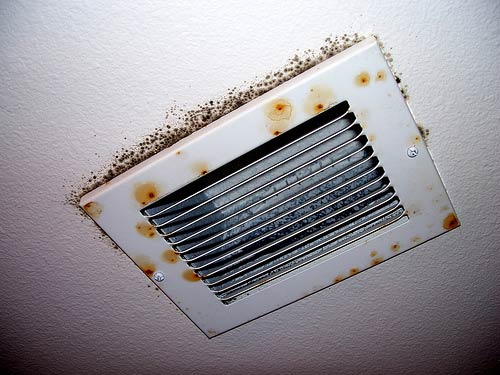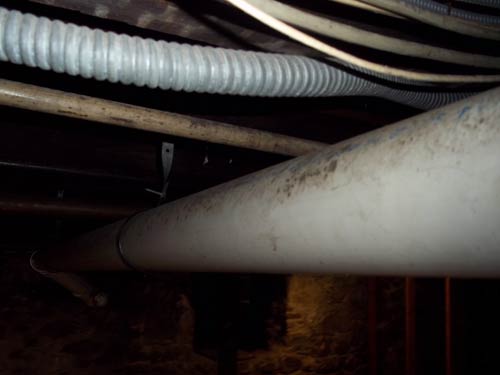Air Quality/Mold
E&LP provides vapor intrusion, indoor air quality and mold testing services. Vapor intrusion is the migration of vapors from contaminated soil and ground water into a building leading to risks of exposure to its occupants. E&LP performs vapor intrusion testing that may include collection of sub slab soil gas and indoor air samples to determine if vapor intrusion pathways are present.
For sites where an exposure pathway has been established, from contaminated subsurface to vapor impacts within structures, E&LP has designed and installed retrofitted systems to mitigate the vapor migration into the existing building. E&LP has also designed vapor mitigation systems consisting of a sub-surface vapor barrier and ventilation systems for large, retail outlets constructed over contaminated soils.
In addition to vapor intrusion caused by volatile organic compounds, E&LP also performs indoor air quality (IAQ) investigations for airborne fungi and viable mold. Sampling and analysis is performed in accordance with National Institute of Occupational Safety & Health (NIOSH) recommendations. We perform testing via both air sampling as well as surface sampling for fungi and mold. E&LP also develops mitigation plans to address the sources of and areas of viable mold to minimize potential respiratory and allergy issues.
Case Study: Lakeland Bank
Site Location and Description
Englewood, NJ. E&LP was retained by Lakeland Bank to perform an environmental assessment at a planned leasehold to determine the presence of any hazardous items, such as asbestos, lead and mold in the interior of the building.
Key Project Elements
E&LP performed an indoor air quality (IAQ) investigation of proposed bank branch office using spore trap cassettes (Air-O-Cell) to test for airborne fungi (mold) and culturable swab samples to test for viable mold. Review of the results confirmed the presence of airborne fungi and viable mold growth throughout the building, respectively.
The air testing results confirmed fungal spore and particulate sample counts from the main floor (lease area) were all greater than the ambient samples which pose potential allergenic and respiratory issues to individuals with continued exposure.
The swab sample collected from the wood floor beneath the skylight tested positive for the fungal species, Rhodotorula, which thrives in carpeted areas and has allergenic potential.
Significant moisture and visible mold growth was observed throughout the basement. Swab samples results from several of these areas within the basement tested positive for viable mold. One sample collected from the behind the wood paneling, which was obviously damaged from accumulated moisture, contained viable fungal growth and tested positive for Engyodontium. Engyodontium is a fungus with an unknown allergenic potential that thrives in building materials, paper and textiles. Additionally, the air sample collected from the basement had the highest fungal spore and particulate count in the building, approximately 10 to 11 times what was found in the ambient samples.
E&LP developed a mitigation plan to address the sources of and areas of viable mold, as well as, recommend rigorous cleaning on all floors to minimize potential respiratory and allergy issues. Once the areas were mitigated and cleaned, retesting for viable mold was required.
In addition, a Certified Asbestos and Lead Investigator collected lead paint chip samples, lead wipe samples and potential asbestos containing material samples (floor tile piece, ceiling tile piece, etc.). The paint chips and wipe samples confirmed the presence of lead paint around the window metal frames and window sills on the main and 2nd floors. An EPA certified lead paint contractor was retained to scrape, prime, and repaint the window sills and metal frames under EPA recommendations. There were no Asbestos Containing Materials at the subject site.

